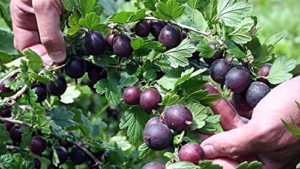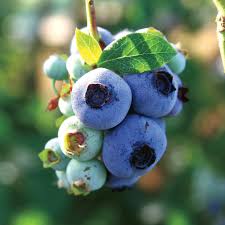Plants that look attractive and flower with little care, and return year after year. What you are thinking of are the perennials. Annuals and biennials can look super as well, but require more effort. Let us discuss selecting the right perennials for your spot. And we will also talk about how to make some perennial beds if you don’t have many appropriate spots for planting things. Allow perennials to grow with only minimal care, such as weeding or using pre-emergent herbicides.
Perennials are often divided into sun-loving species and shade-loving kinds. Other divisions would be dry versus wet soil (clay or other poorly draining conditions). How tall are they, and how often will they need dividing before getting too crowded and declining? Let us pick some of these situations and find some excellent flowers and foliage that will give pleasing results.
For hot sunny locations, roadsides or raised beds in full sunshine, here are suggestions. For wet sites with poor drainage, try hardy hibiscus, Baby Joe joe-pye weed, many of the daylilies, some sedums such as “Autumn Joy” or “Brilliant”, swamp milkweed (butterfly milkweed), and amsonia. For the sunny location that drains well, there are so many; so, pick your favorites. Daylilies, cone flowers, bee balm, veronica, salvia, some coral bells, yarrow, rudbeckia (Black-eyed-Susans), asters, daisies, mums, coreopsis, dianthus and phlox are some options.
For part-shade and dappled shade locations here are some options: hellebores, astilbe, anemone, epimediums, coral bells, columbine, brunnera, geraniums, hosta, ligularia and lupines. Many plants will live in deep shade, but not thrive as well as they would in dappled shade; hosta, hellebores, green and yellow leaved coral bells, tiarella, galium, lamium, bleeding hearts and Monroe’s White monkey grass, and Japenese forest grass.
Deer resistant perennials (there’s probably no completely ‘deer proof’ plant if a deer is hungry enough) include hellebores, nepeta (catmint), rudbeckia, digitalis, daffodills, lavender, amsonia, butterfly bushes, alliums (onions), euphorbias, geraniums, Russian sage, and stachys (lamb’s ears).
To attract bees and butterflies and other pollinating insects, here are a few of the many perennials that will work. Agastache, asclepias, asters, buddleas, caryopteris, echinaceas, echinops, eupatoriums, geums, heleniums, leucanthemums, lupines, monardas, salvias, sedums, trumpet vines and wisterias.
For the rock garden and for arid conditions, here are some suggestions: yarrow, globe thistle, ice plant, sunflowers, yucca, lantana, balloon flower, catmint, creeping thyme, oregano, sedums and sempervirens.
A good, but expensive, source of plants for dry sandy conditions is High Country Gardens, a mailorder plant nursery that ships live plants from New Mexico.
If you have a special flower which you want to grow, then sometimes you have to create the conditions that it likes in order to succeed. If you have no shade, maybe you can plant a tree in the middle of a raised bed, and plant shade lovers underneath it. If you love a tall plant, maybe you can put it against a fence, lattice or wall, and put one or more layers of smaller plants in front of it. If your soil won’t drain, a raised bed will allow you to grow many things you otherwise would have difficulty with. Even the selection of the soil to go in such a bed can help with success.
You can even grow moisture loving plants and drought loving plants in the same bed; a small area in the middle of a bed can be raised. Try stones or some retaining wall blocks, filling the cavity with sandy soil. This combination will enable growing plants that like dry conditions in a bed of regular flowers. Putting pottery or other planters in a bed is another way to combine plants that like different growing conditions.
And, if you want color that doesn’t require a lot of attention, try Stella daylilies and perhaps Happy Returns, Going Bananas, and Chicago Apache cultivars. Spiderwort and liriope (monkey grass) are also goof-proof perennials.
I find for an evergreen perennial, hellebores are hard to beat, even growing OK in all but boggy conditions.
Gardeners both young and old are doing more edible gardening, so if you can find a perennial or dwarf woody shrub that blooms and bears fruit such as blueberries and cranberries, or is edible such as horseradish or rhubarb, you can double up and get the benefits of blooming perennials, plus some delicious berries or plants.
Finding the right perennial for your spot, or creating the right spot for the perennials you wish to grow, should be the ticket to a winning garden with lots of pretty flowering plants that keep on coming year after year.